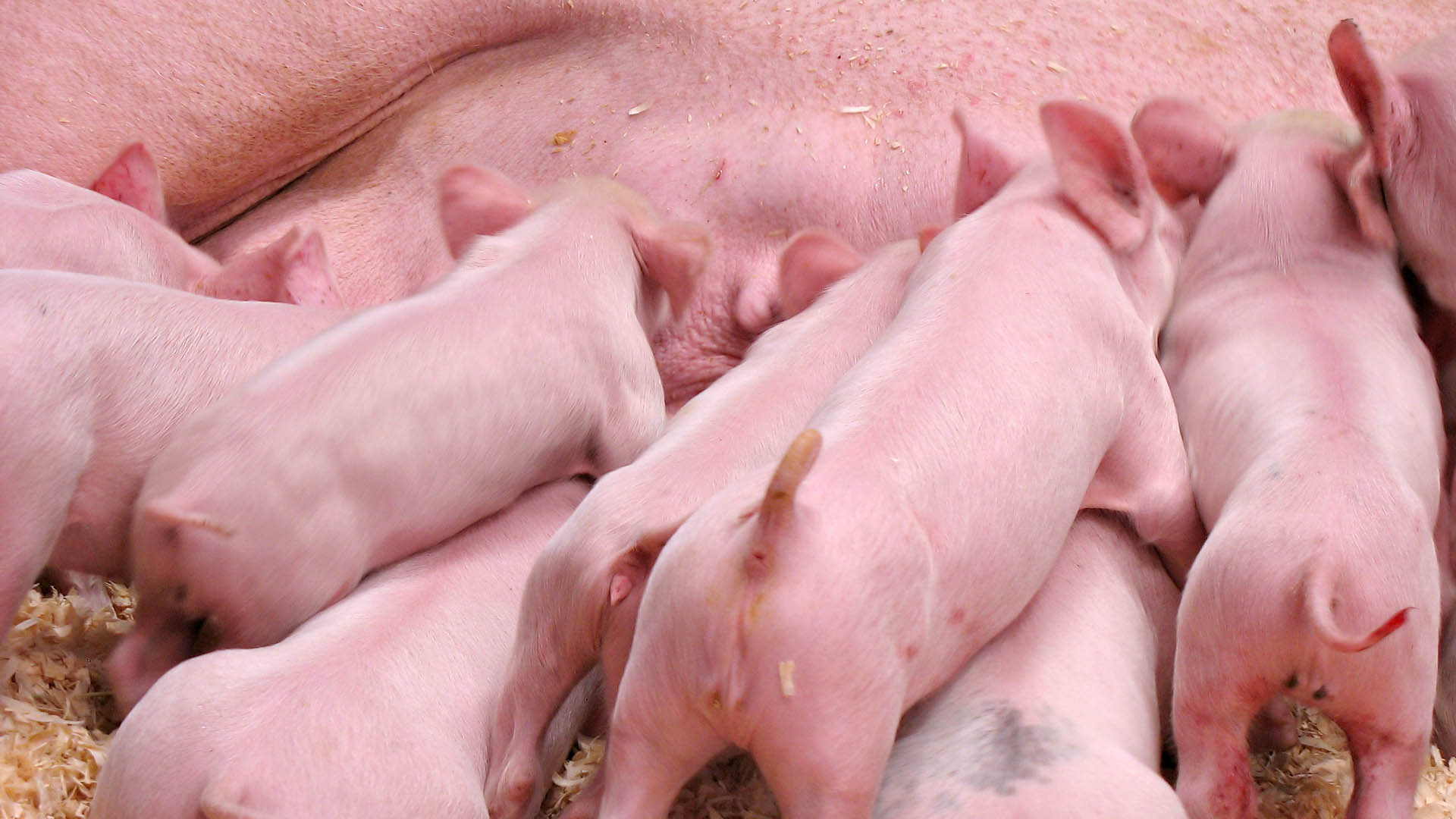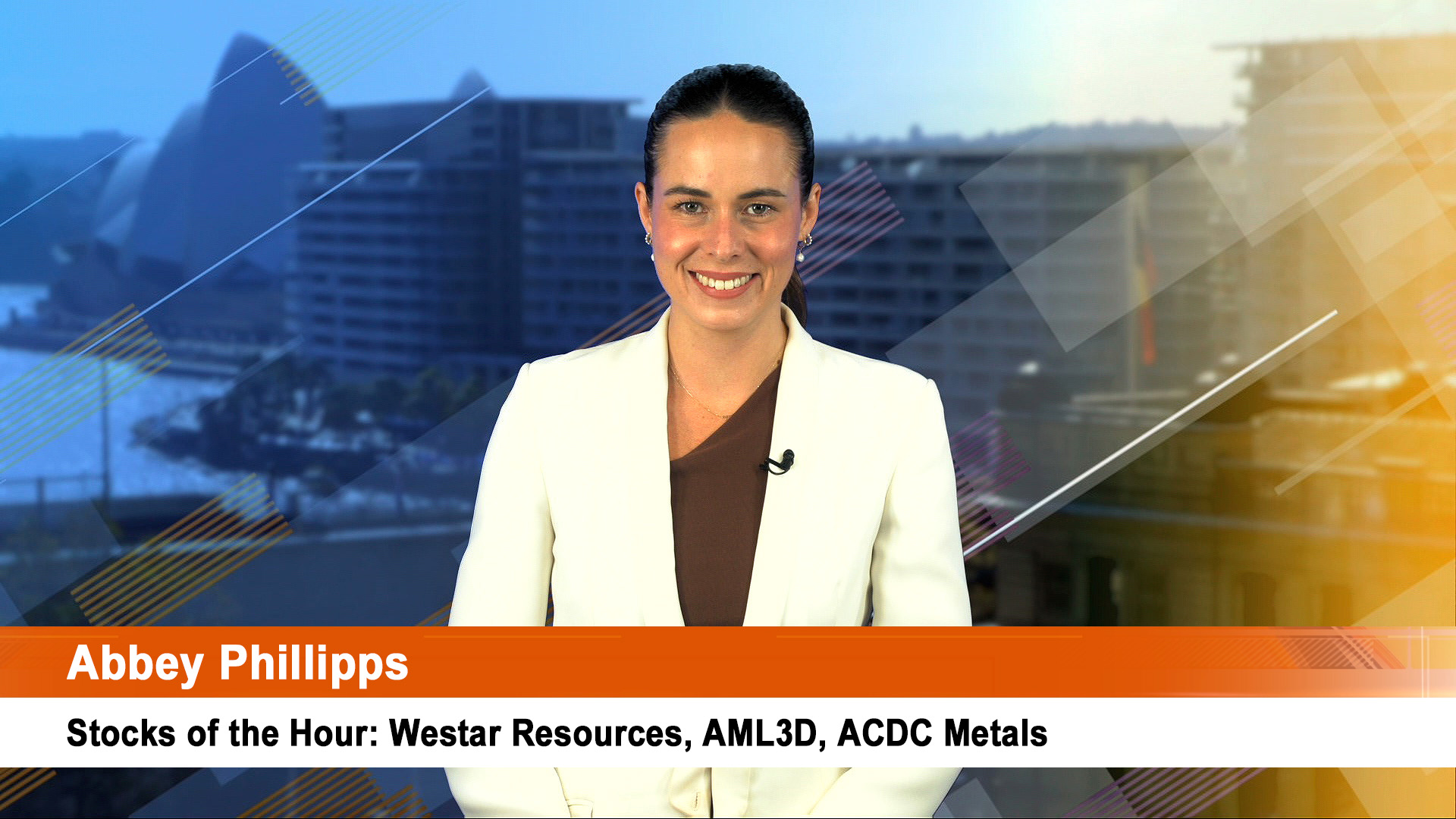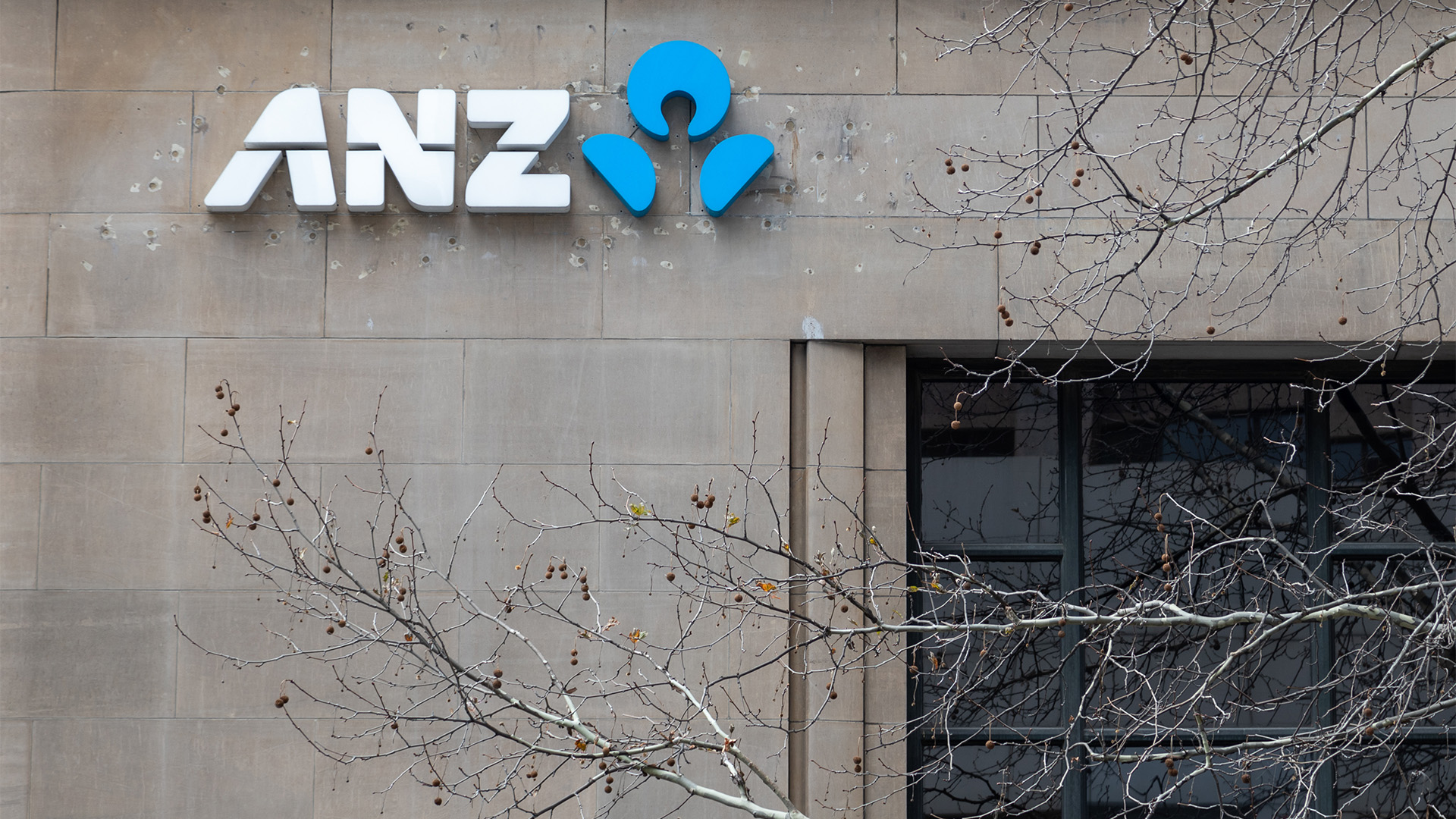Foreign trade will make its biggest negative quarterly contribution to economic growth in 35 years in the September quarter, thanks to the impact of lower contract and market prices for coal and iron ore, plus energy.
Figures from the Australian Bureau of Statistics show that exports of goods and services fell 2.3% in seasonally adjusted, chain volume (real) terms, while imports were up by 5.8% in the quarter.

The drop in exports and rise in imports combined would mean that for any given level of final spending within Australia, gross domestic product (GDP) will be 1.8% lower from this source on the volume measure (not price or expenditure), the ABS estimated.
The ABS warned that this forecast assumed there was "no significant revision to the GDP (chain volume) estimate for the June quarter".
If it stands, it would be the biggest negative contribution to growth since the March quarter of 1974, according to the ABS data.
However, the big negative hit from foreign trade will be offset by the positive contribution to GDP growth of 1.9 percentage points revealed by business inventories figures published by the ABS last week.
That leaves the likely change in GDP to be reported by the ABS in its September quarter national accounts survey due a week today to be determined by final spending.
It is already known that household spending was sluggish, with a fall of 0.4 percentage points in retail trade.
Business investment, another key component of spending, was also weak and the ABS figures released 10 days ago showed 3.9% fall in investment in September, although the national accounts measure of investment is broader (as it is for the contribution from corporate profits and wages).
On the other hand, housing construction activity was up, while government spending typically adds to growth, although those figures will not be released until Tuesday, the day before the GDP figures.
The government spending figures and the national accounts are a fortnight late because they are being rebased using new industry data. Yesterday’s current account figures were also late.
All In all, the figures point to a sluggish quarter (as forecast by the Reserve Bank).
But with the NAB business survey forecasting a strong rise in activity in this quarter (and a stronger one in the third quarter), growth could surprise.
"With high levels of confidence, activity and forward orders we now expect GDP to increase by around 0.5% in Q4 (on the back of our current forecast of 0.9% in Q3)," The NAB said yesterday.
"That means GDP in 2009 is now expected to be around +1.25% (+1% previously)."
If that happens, then the RBA’s interest rate rises are vindicated, and if third quarter growth is low, then some will question them (as they always do).
But the NAB survey showed no impact at all from the October and November rate increases.
The ABS reported yesterday that the September quarter’s current account figures show that in seasonally adjusted, current price terms, the current account deficit rose 23%, or $3.050 billion to $16.183 billion from the June quarter.
Exports of goods and services fell $2.455 billion, thanks to lower prices for exports of coal, iron ore and energy, while imports of goods and services rose $1.770 billion.
The ABS said that in seasonally adjusted chain volume terms, "there was a turnaround of $4,823m on the June quarter surplus on goods and services, resulting in a deficit of $3,961m.
- The goods and services deficit rose $4,225m to $5,409m
- The primary income deficit fell $1,149m (10%) to $10,677m
- The secondary income deficit fell $25m (20%) to $98m."













